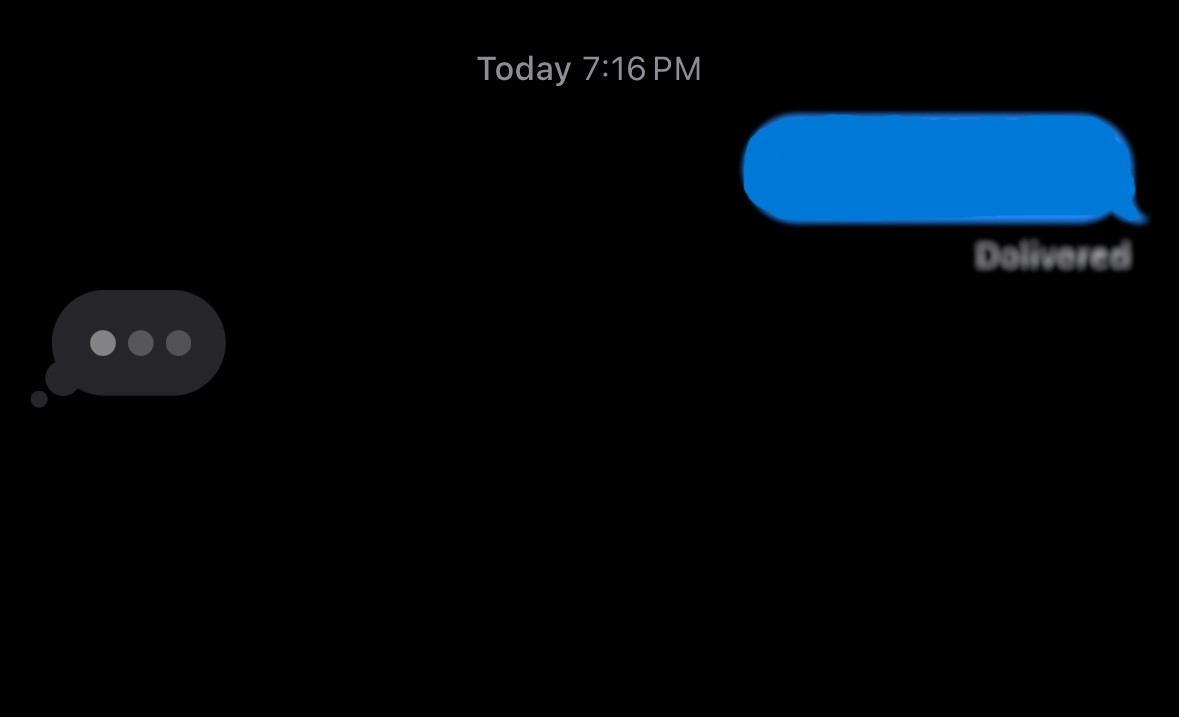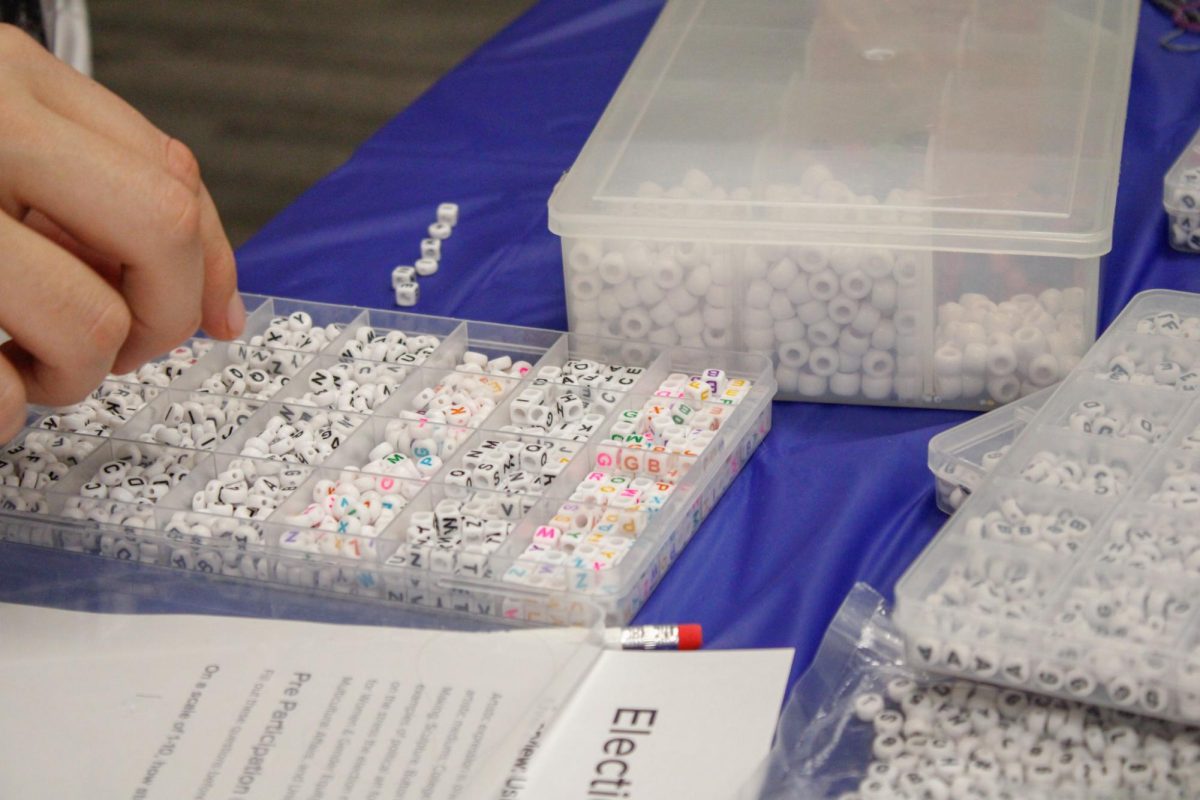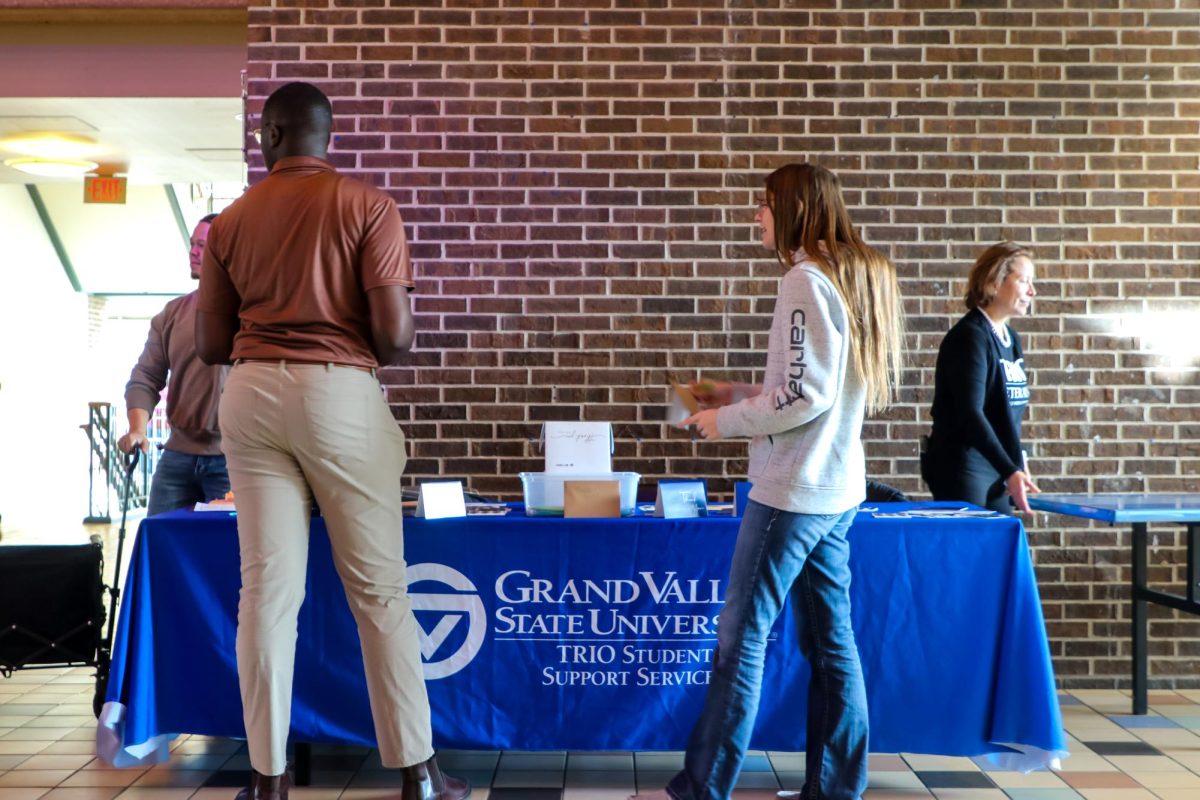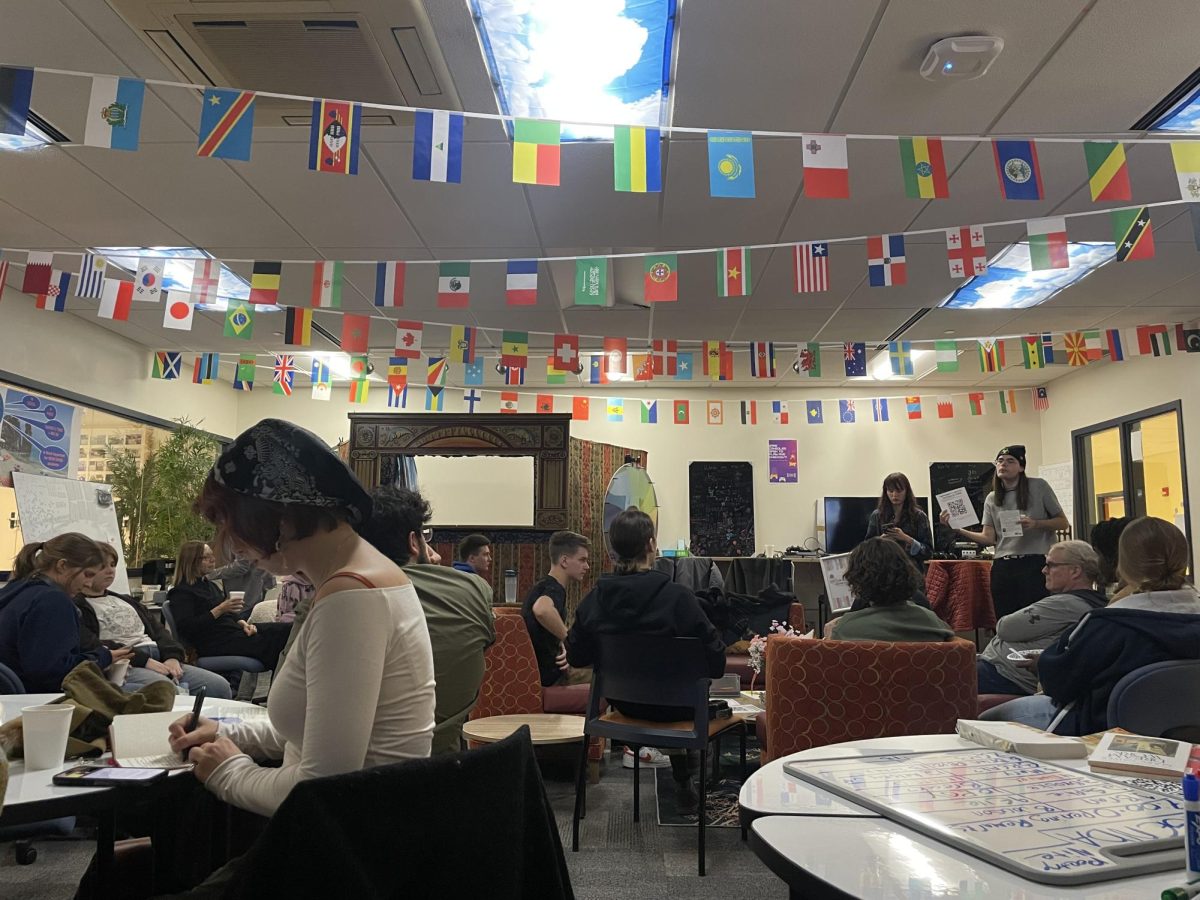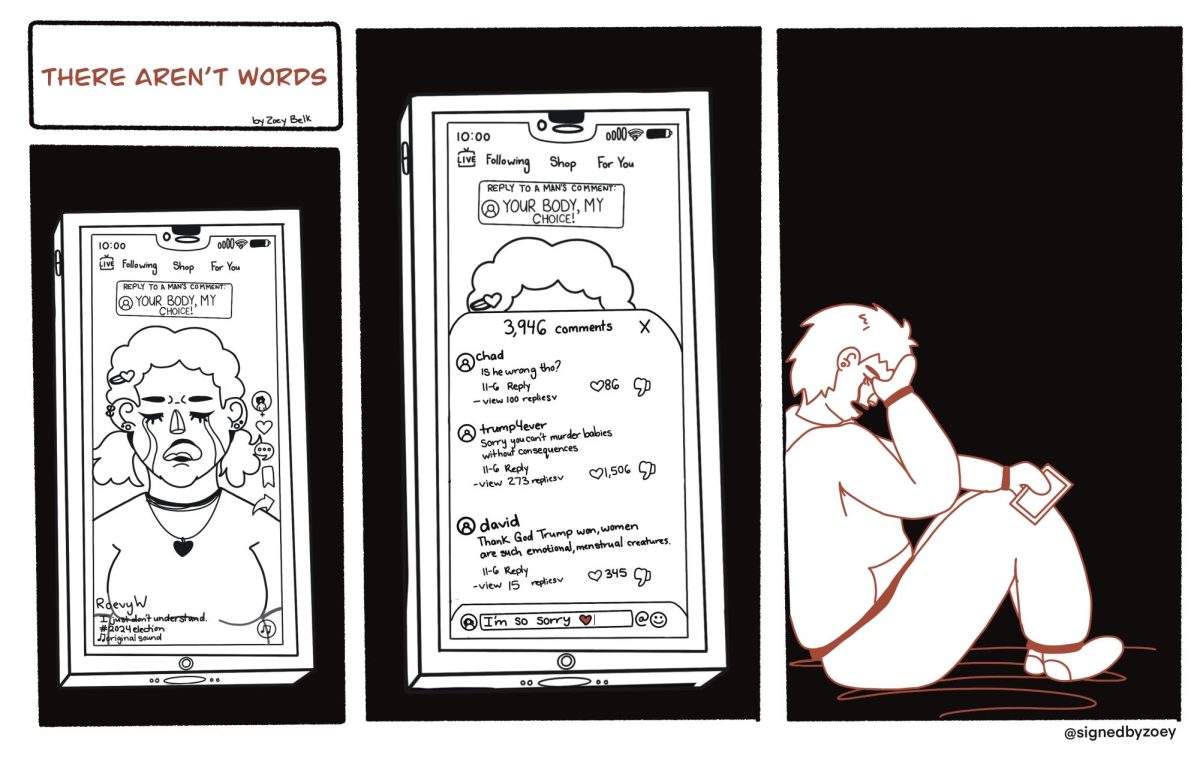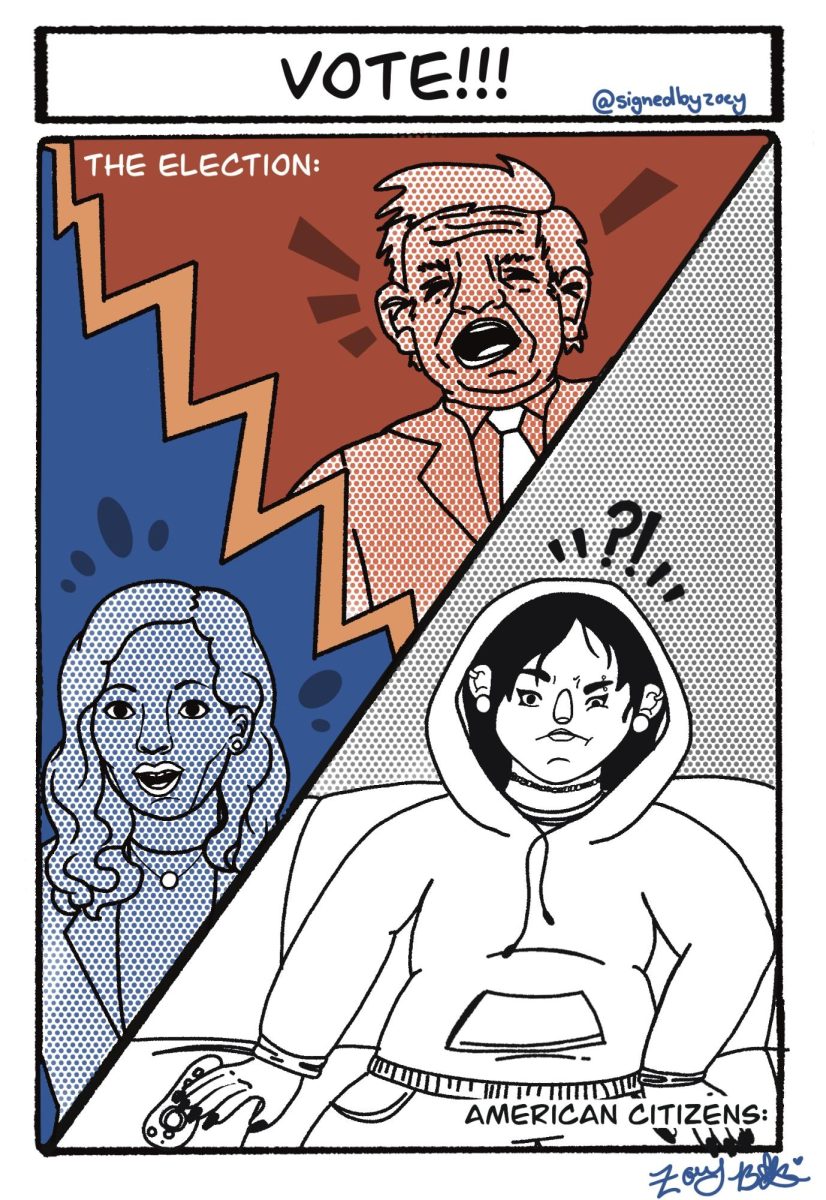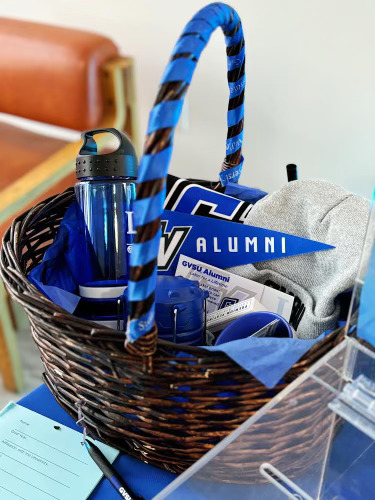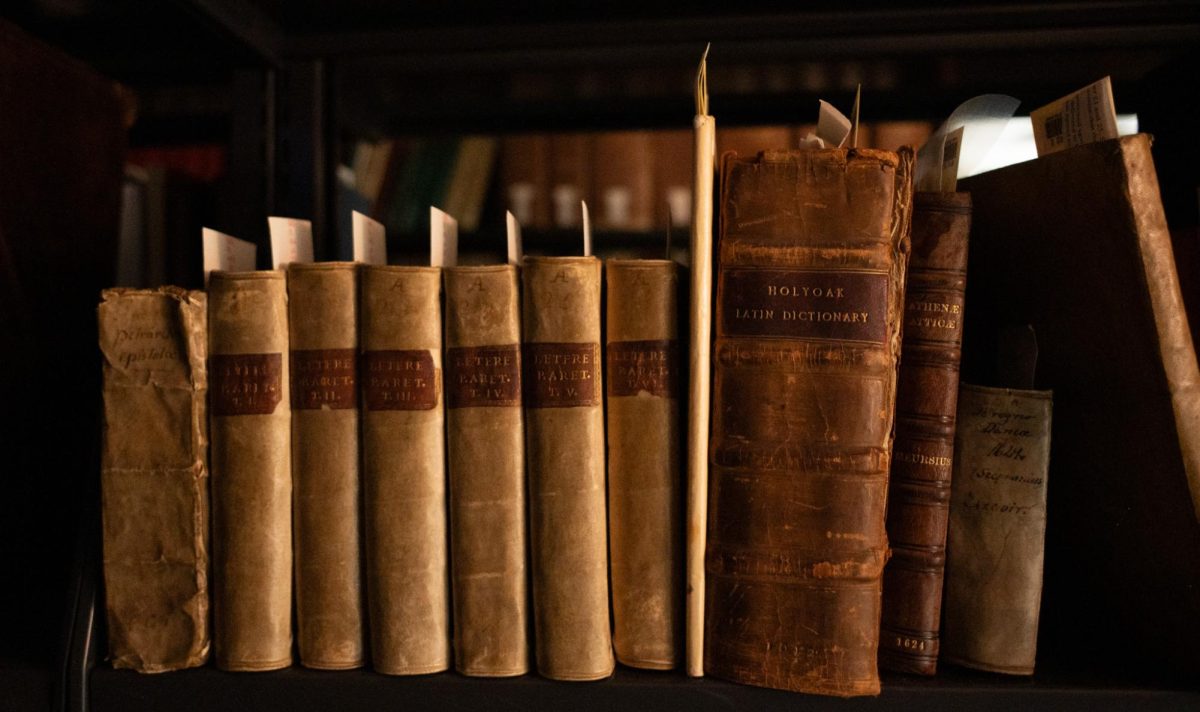GVSU professor co-authors book on the art of casting
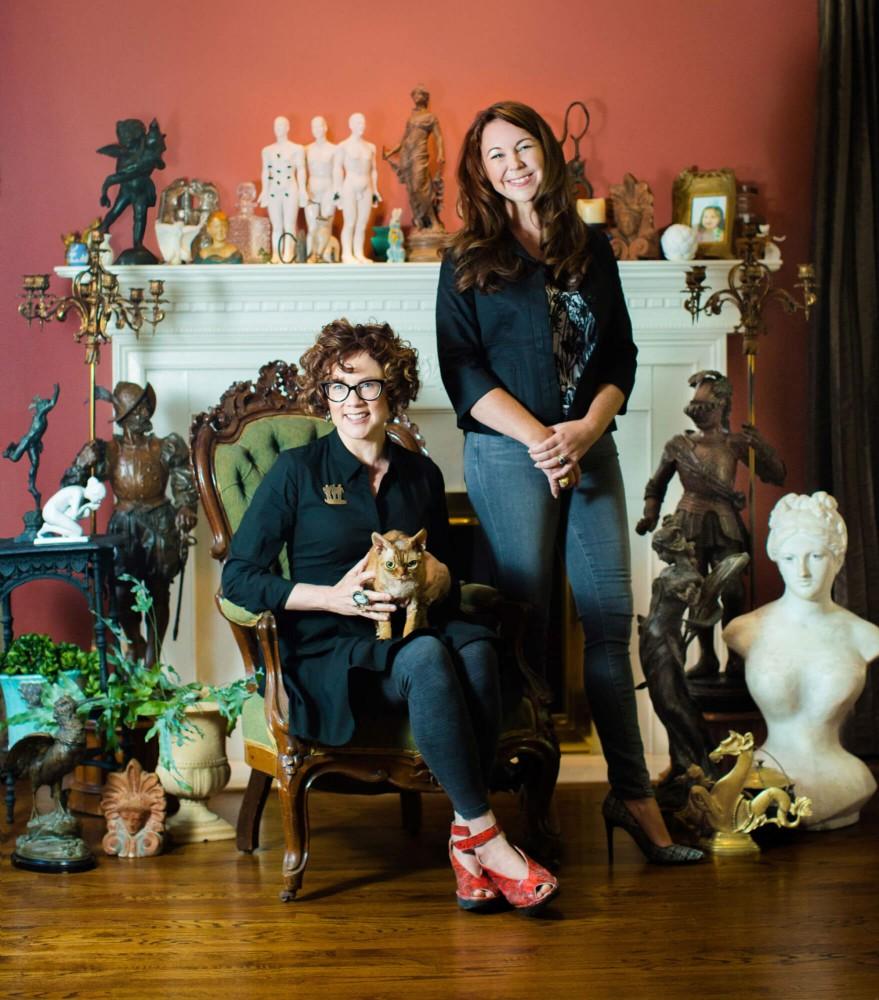
GVL / Courtesy – Renee Zettle-Sterling / GVNow Renee Zettle-Sterling (left) and Jen Townsend (right), authors of “CAST: Art and Objects Made Using Humanity’s Most Transformational Process”
Sep 28, 2017
Renee Zettle-Sterling, professor of jewelry, metalsmithing and foundations at Grand Valley State University, co-authored the new book “Cast: Art and Objects Made Using Humanity’s Most Transformational Process.”
Through the use of more than 800 pictures and a variety of essays, this book sheds light on the artistic process of casting, which is defined as the manufacturing process in which a liquid material is usually poured into a mold to obtain a desired shape and then is allowed to solidify.
“Cast” was released Wednesday, June 28, and is available for purchase through Amazon.com, Barnes & Noble, Gazelle Books, Target and more. It is also being sold in the Metropolitan Museum of Art in New York City.
Zettle-Sterling had been working on this project for three years with her co-author, Jen Townsend, an artist from NYC, when they realized the lack of books on the subject of casting.
“We wanted to write the book that we wanted to own, and so that’s how it got started,” Zettle-Sterling said. “(Casting) is in everyday life. Most of the objects you encounter in your day-to-day world are cast.”
They hired essayists to begin each chapter on specific areas they were less familiar with. The book features 17 artists who use the process of casting in their art, some of which include non-traditional materials like chocolate, salt or even the artists’ own blood.
“Everyone casts,” Zettle-Sterling said.”That’s a thing that people don’t think about, but when you make cupcakes, you’re casting. You’re pouring a liquid and forcing a material into a mold, like a cupcake tin. If you make ice cubes, you’re casting. You’re pouring water into a mold, and it’s becoming solid.”
There are also chapters in the book related to the history of casting and its impact in the world. Casting can be found in medicine, dentistry, propaganda and weaponry, to name a few areas.
“It’s really exciting when you stop to think about it, and when we talk to people about it, they see the book and they’re like, ‘Oh my gosh, I had no idea that casting was so prevalent in our society, and now I look at the world different,’” she said. “Once you lock onto an object that’s made through that process, you can always see it.”
Beverly Seley, professor of jewelry and metalsmithing at GVSU and coordinator of the emphasis, said casting is unique because it’s an art process that allows you to get a form you couldn’t otherwise make.
“It’s dramatic. It’s sexy. It’s a performance,” Seley said. “It’s not the way I work, so I think there’s a lot of drama and ‘wow’ about it. But it is a way of achieving a form that you can’t get any other way.”
Seley said the book is something anyone could read and relate to, regardless of whether or not they are an artist.
“It’s loaded with images, so everything you read you can directly relate to the image,” she said. “And many of the images are common items. A lot of the work is traditional and functional, so I think there’s an opportunity for everyone to find some sort of relationship to what is being said.”
Zettle-Sterling said she learned a lot from working on this book with Townsend and would not have been able to do it without her. She added that the process involved a lot of traveling back and forth to New York, Skyping and working in Google Drive to get the book finished.
“I never thought, ever, that I would write a book, and I don’t think I would have if it wasn’t for Jen,” she said. “We’ve been friends for 18 years, and we just both had this passion that we wanted to see something that we wanted to own.”
Zettle-Sterling said creating “Cast” was one of the best experiences of her life, even though it was also one of the hardest.
“My absolute favorite part of writing it was working with my co-author, Jen,” she said. “Whether it went to print or not, I was just grateful to be doing a project with her. My second favorite was organizing the book and the images.”
Zettle-Sterling said she enjoyed finding the different pictures and pairing them together in a way that was interesting, whether it was because of color, concept, form or another way in which it flowed together.
“We spent a lot of time on laying it out and making sure it’s an interesting book to flip through,” she said. “We had to reach out and do a lot of research to find artists that we wanted to be in the book, and that curating was also just so much fun. It was amazing.”
Zettle-Sterling and Townsend will present at the Sculpture Objects Functional Art and Design Expo in Chicago Friday, Nov. 3, from 10:30 a.m. to 11:30 a.m., with a book signing afterward. There will also be a book signing at the Grand Rapids Art Museum (GRAM) at the end of November.
For more information about the book, visit www.castartandobjects.com.












